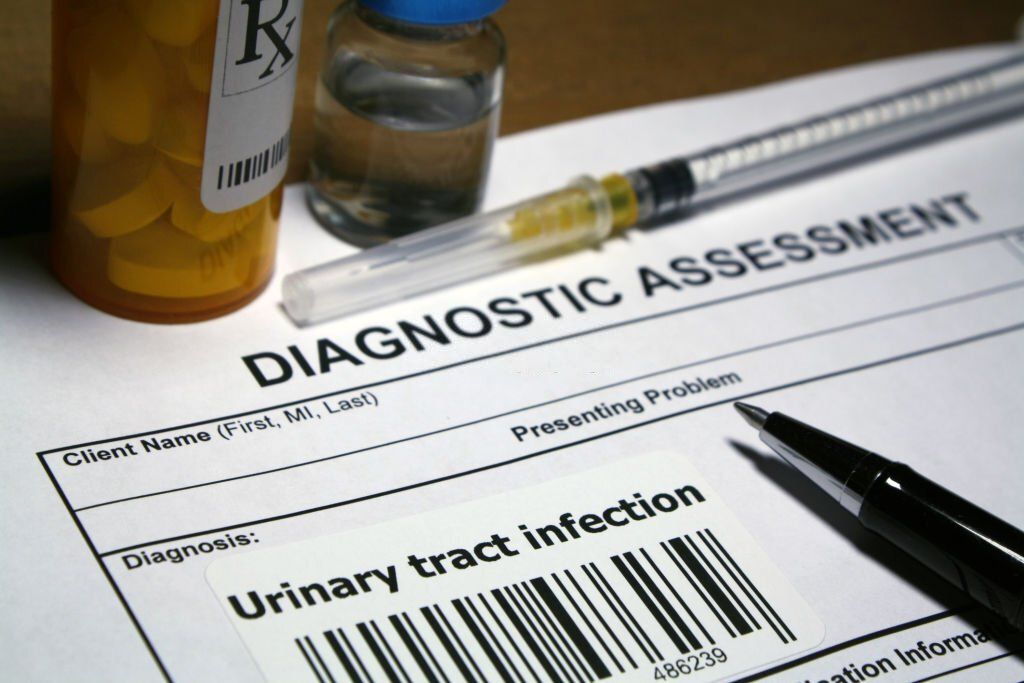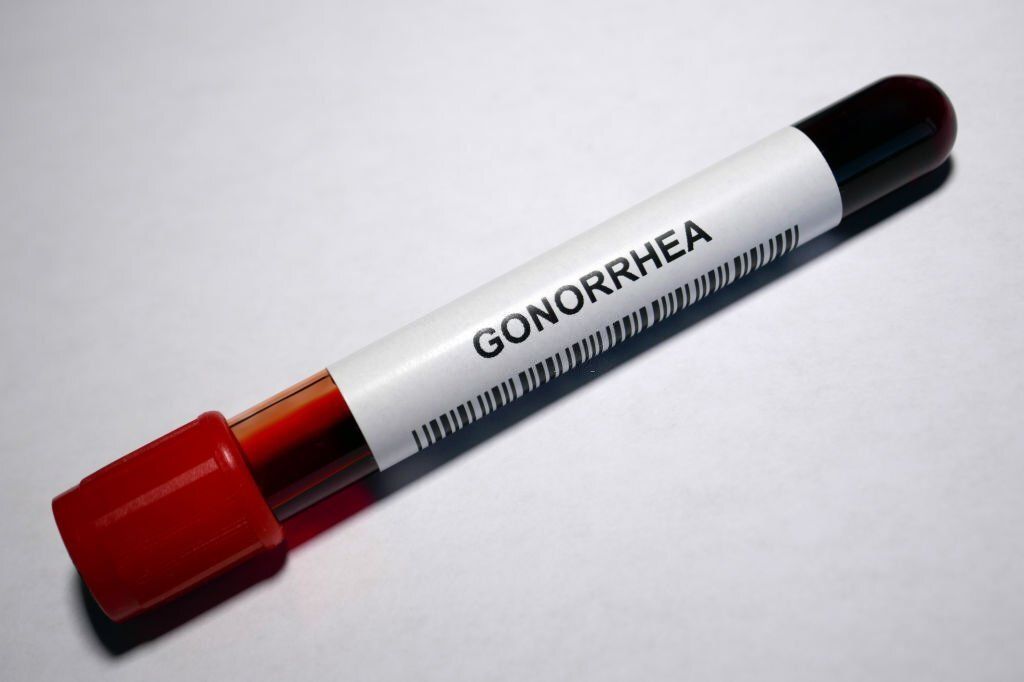This article is reviewed, corrected, and approved by: Dr. Joshua Collins M.D. | MRCP। FRCP
UTIs and STDs are common health issues in the US. Approximately 8.1 million people visit their doctor for UTIs each year, mostly women. Each year, 20 million new cases of STDs are reported, with half affecting young people aged 15 to 24.
STDs like chlamydia, gonorrhea, and syphilis have been increasing in recent years. I will try to see the differences between UTI vs STD, explore their common causes, discuss the importance of recognizing these distinctions, and provide guidance on preventive measures. Moreover, I will help you to gain a comprehensive understanding that could make you make important decisions about your sexual health, seek appropriate medical care, and take care of your overall wellness.
An Overview of UTI and STD
Urinary Tract Infections (UTIs)

It causes when pathogens, especially bacteria, invade the urinary tract causing symptoms like frequent urination, burning during urination, and lower abdominal pain. They can be treated with antibiotics and prevented through good hygiene, staying hydrated, and urinating after sex. Female urinary systems are more prone to UTIs, but men can also be affected.
STDs (Sexually Transmitted Diseases)

This kind of infection is transmitted through sexual activity. They can cause a range of symptoms or be asymptomatic.
Proper diagnosis is essential for treatment, which can include antibiotics or specific therapies. Preventive measures include safe sex, using condoms, getting vaccinated, and regular testing for sexually active individuals.
Importance Of Knowing The Difference Between UTI vs STD
Understanding the difference between UTI vs STD is crucial for several reasons:
- Appropriate Treatment: UTIs and STDs need different treatments. UTIs are treated with antibiotics for the specific bacteria causing the infection, while STDs may need antiviral or antifungal drugs. Accurate diagnosis leads to effective treatment.
- Prevention of Transmission: STDs are sexually transmitted, while UTIs are not. To reduce risk, practice safe sex, use condoms, get vaccinated, and maintain good hygiene.
- Avoiding Misdiagnosis and Delayed Treatment: Confusion between UTI and STD symptoms can lead to misdiagnosis and complications. Seek timely medical attention to prevent prolonged discomfort and transmission of STDs.
- Sexual Health and Well-being: Knowing about UTIs and STDs improves sexual health and encourages open communication about safe practices and regular testing with partners and healthcare providers. This proactive approach fosters a responsible attitude towards sexual relationships.
- Reducing Stigma and Promoting Awareness: Recognizing the differences between UTIs and STDs helps reduce the stigma associated with both conditions. By understanding that UTIs are common and can occur without any sexual activity, individuals can avoid unnecessary embarrassment or shame. Additionally, promoting awareness about STDs helps to debunk myths, encourage testing, and reduce the stigma surrounding these infections.
Common Causes of UTI (Urinary Tract Infections)
UTI is a kind of bacterial infection of the urine tract caused by germs from the digestive system, primarily E coli. Infection also spreads in the bladder, urethra, ureters, and kidneys. UTIs can occur due to various factors, including:
- Bacterial Entry: UTIs usually result from bacteria entering the urinary tract via the urethra. Poor hygiene, like wiping from back to front, can allow bacteria from the anal area to reach the urethra. UTIs can also be exacerbated by sexual activity.
- Urinary Tract Obstructions: Obstructions in the normal flow of the urinary system can lead to bacterial infections. Also, kidney stones, enlarged prostate, or urinary catheterization can create an environment where bacteria can thrive and cause infections.
- Weakened Immune System: Weakened immune systems increase the risk of UTIs for people with conditions like diabetes, HIV/AIDS, or undergoing chemotherapy.
- Hormonal Changes: UTIs can be aggravated by hormonal fluctuations during pregnancy or menopause.
- Female Anatomy: The female anatomy (especially the female urinary system) makes them more susceptible to UTI vs STD female than males. Because their urethra is smaller, it creates a pathway for bacteria to reach the bladder more easily, increasing the likelihood of infection.
Also, sexual activity may spread bacteria into the urethra, increasing the likelihood of a UTI. That fact is that while bacteria are the primary cause of UTIs, other factors, such as viruses or fungi, can also lead to urinary tract infections, although less commonly.
Common Causes of STDs (Sexually Transmitted Diseases)
STDs are sort of infections (either viral or bacterial) that can be transmitted through sexual activity, such as vaginal, anal, or oral sex. These infections are caused by viruses, bacteria, or parasites, and they can affect both men and women. STDs can spread through unprotected intercourse with an infected partner and other sexual behaviors.
Common types of STDs include:
Chlamydia
Caused by the bacterium Chlamydia trachomatis, chlamydia is one of the most prevalent STDs. It can infect the reproductive organs, urethra, rectum, and throat. Serious complications, such as pelvic inflammatory disease (PID), can arise in women as a result of chlamydia infection.
Gonorrhea

Gonorrhea is a sort of infection of the reproductive system, rectum, throat, and eyes caused by the bacterium Neisseria gonorrhoeae. Similar to chlamydia, untreated gonorrhea can lead to complications like PID and infertility.
Syphilis
Treponema pallidum causes syphilis, a bacterial infection. It progresses in stages and can affect various organs and body systems. Syphilis is transmitted through contact with syphilis sores (chancres) on the genitals, anus, lips, or mouth.
Herpes
Herpes simplex virus (HSV) is responsible for herpes infection. There are two kinds of herpes:
- Oral herpes
- Genital herpes
This virus can cause sores or blisters that hurt your lips, tongue, or private parts. Herpes is a sickness that comes back often.
Human Papillomavirus (HPV)
There are several kinds of HPV that might cause various health issues. Some types can cause warts in private areas, while others can cause cancer in the cervix, anus, or mouth. HPV is easily spread through sexual contact.
Human Immunodeficiency Virus (HIV)
HIV targets CD4 cells and spreads through sex, needles, or from mother to child. Untreated, it can lead to AIDS, weakening the immune system and making individuals vulnerable to infections.
Similarities Between UTIs and STDs
Key Differences between UTI Vs STD
Here are some differences between uti and bladder infections.
UTI Vs Bladder Infection: Are They The Same?
If you have ever experienced mild to severe pain or discomfort while urinating, you may have had a bladder infection. This happens when harmful bacteria enter your urinary system.
Watch Clicinal Expert's Opinions About UTI vs STD
Conclusion
Understanding the difference between UTI vs STD is crucial for maintaining sexual health. UTIs come from bacteria in the urinary tract and can be treated with antibiotics. STDs are transmitted through sex and need specific medication or therapy. While UTIs are not transmitted through sexual activity, but engaging in sexual activity can increase the risk of developing a UTI.
However, practicing safe sex, using protective material, and maintaining ensuring hygiene can help reduce the risk of both UTIs and STDs. It's important to get tested regularly and have open communication with a healthcare professional. Remember, your health is important, and it's always better to be proactive in managing it.
F.A.Qs
Q: Can male sperm cause uti in females?
Ans: In terms of UTI vs STD female, yes. But semen itself cannot cause uti alone.
Q: Can a uti cause bleeding like a period?
Ans: UTIs typically do not cause bleeding similar to a menstrual period
Q: Does azo cure uti?
Ans: It is an over the counter (OTC) medicine for urinary infections. No scientific evidence that claims azo can cure uti.
Q: How to sleep with uti discomfort
Ans: You need to drink plenty of liquid, empty your bladder before going to bed, you can also avoid spicy food, caffeine, and alcohol before going to bed.
Q: How to prevent UTI in elderly?
Ans: To prevent urinary infections in the elderly, make lifestyle changes like staying hydrated, taking frequent bathroom breaks, maintaining proper hygiene, bathing regularly etc.
Q: What std causes itching?
Ans: Some of the std such as trichomoniasis, gonorrhea, and genital herpes cause itching.
Q: How long does a uti last?
Ans: It depends on how severe it is and how well it's treated.
Q: What are the signs UTI is going away?
Ans: If you feel less pain during urination, the color of your urine turns normal, less discomfort in lower abdomen. these signs indicate that your uti is going away.


